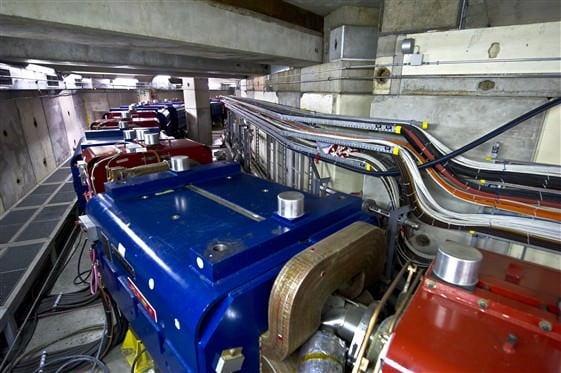[/caption] Yes, this headline appears to be true. A bird dropping a piece of bread onto outdoor machinery has been blamed for a technical fault at the Large Hadron Collider (LHC) this week which saw significant overheating on parts of the accelerator. The LHC was not operational at the time of the incident, but the spike produced so much heat that had the beam been on, automatic safety detectors would have shut down the machine. This would put the LHC out of action for a few days while it was restarted, but there would be no repeat of the catastrophic damage suffered last September. That's when an electrical connection in the circuit itself failed violently, causing a massive liquid-helium leak and subsequent damage along hundreds of meters of magnets.
Hmm. The idea of a time-traveling Higgs boson coming back to prevent its own discovery is seeming less and less far fetched!
Yes,
this theory was recently proposed by a pair of physicists,
who suggested the hypothesized Higgs boson, which physicists hope to produce with the collider, might be so abhorrent to nature that its creation would ripple backward through time and stop the collider before it could make the discovery, like a time traveler who goes back in time to kill his grandfather.
This most recent incident won't delay the reactivation of the facility later this month, but exposes yet another vulnerability of the what might be the most complex machine ever built.
Source:
PopSci
 Universe Today
Universe Today
